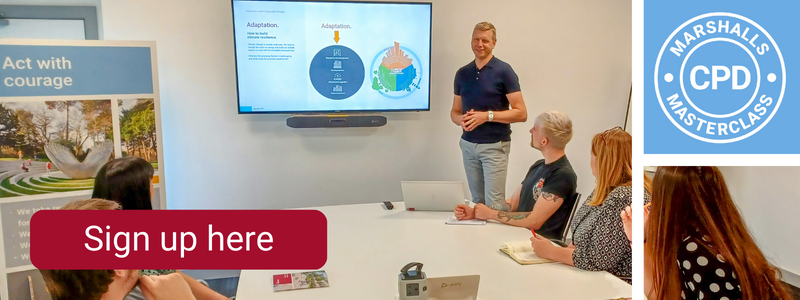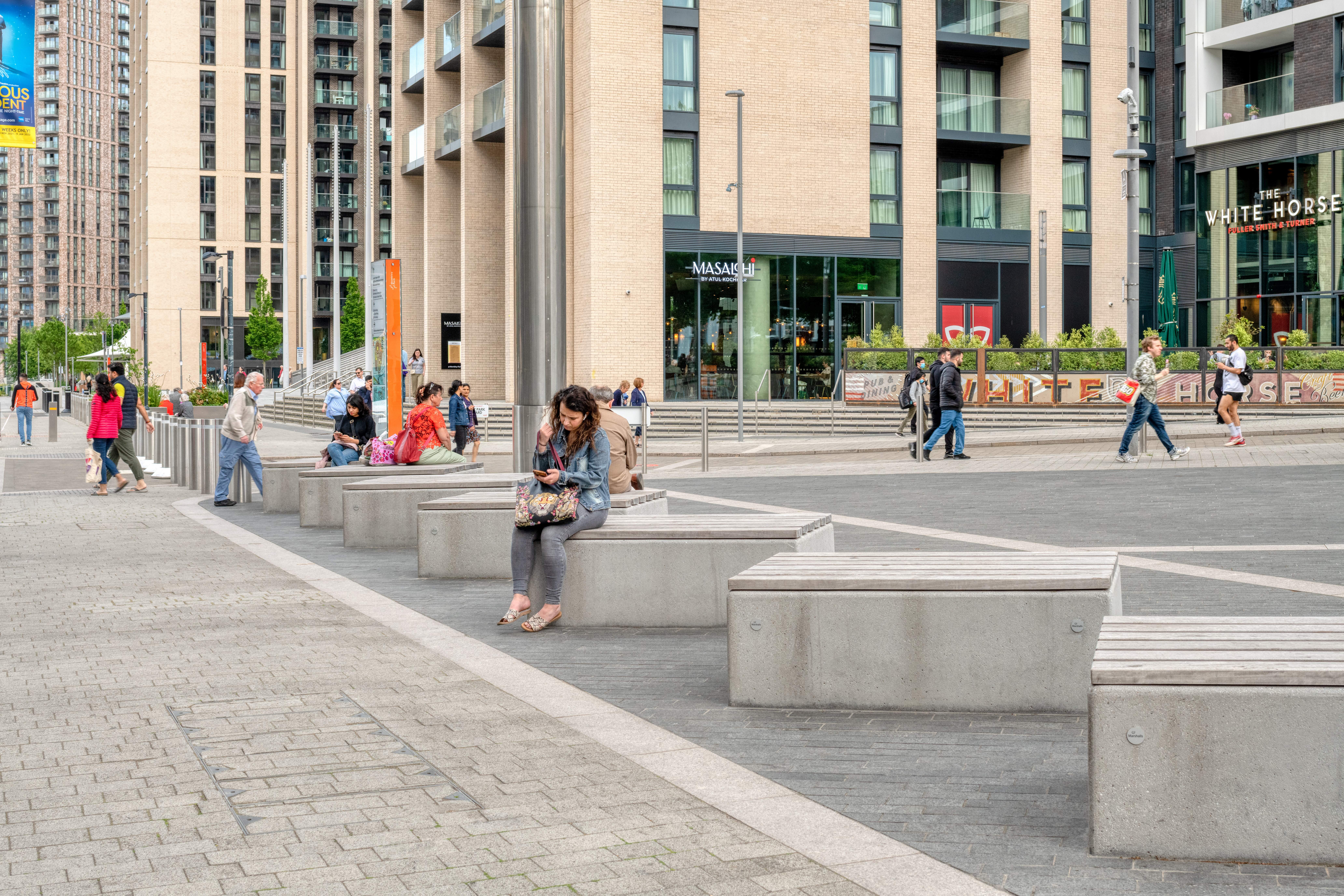When it comes to creating safer public spaces, one concept that has gained popularity is the idea of “eyes on the street.” Urbanist Jane Jacobs coined this phrase in her book, “The Death and Life of Great American Cities,” and refers to the idea that active and engaged individuals in a community can help deter crime and create safer spaces simply by being present and aware of their surroundings. In this blog post, we’ll explore why “eyes on the street” is essential in creating safer public spaces and look at some critical design considerations.
Why Eyes on the Street is important for safer spaces
The benefits of increasing footfall and use of public spaces are far-reaching and go beyond just safety, but below we focus on why the principle of Eyes of Street can have such a positive impact on safety specifically:- Increased vigilance: When more people are present in public spaces, there is a heightened sense of vigilance, deterring potential criminals and prompting a quicker response to suspicious activity
- Improved community bonds: More people on the streets helps to foster a sense of community and encourage individuals to actively contribute to public spaces’ well-being actively, resulting in safer and cleaner environments
- Enhanced sense of safety: With more people around, individuals feel safer and more secure in public spaces, leading to increased usage and a positive cycle of safety
- Increased social interaction: More people in public spaces facilitate social connections and community building, creating a welcoming environment that encourages positive individual interactions
Four ways to bring the Eyes on the Street concept into your public space design
Understanding the benefits of having more people in public spaces simplifies designing and fostering vibrant and secure environments. Eyes on the Street was identified as a design pillar in the Marshalls Creating Safer Spaces whitepaper, which is available to download now. Below we share four ways you could look to bring this concept into your public space design.
1. Consider mixed-use schemes
Caption: Wembley Park is a new neighbourhood for London that includes residential, commercial, and social space around one of the worlds most iconic Stadiums
To maximise foot traffic at all times of the day, incorporate both commercial and residential elements into a scheme whenever possible. Mixed-use developments contribute to a safer urban realm by increasing occupancy and promoting continual activity. Ensure that public spaces and footpaths are overlooked by buildings that are occupied both during the day and at night, and consider incorporating large windows in cafes or bars to encourage on-street gatherings.
2. Make more shared spaces
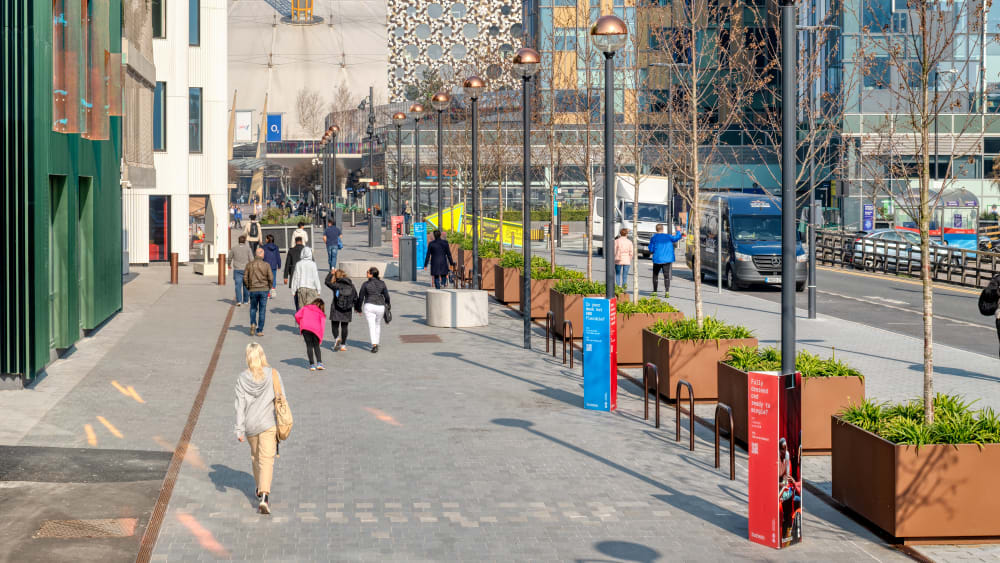
The redevelopment of Greenwich Design District has helped to create more overlooked walkways, as well as shared spaces for vehicles and pedestrians
Rather than segregating different types of traffic, design inclusive routes where pedestrians, cyclists, and vehicles can travel safely alongside each other. This promotes ongoing observation and activity. Design footpaths with smooth curves and avoid sharp bends and hidden corners. Also, consider the surrounding buildings to ensure footpaths are well overlooked.
3. Maximise observer visibility
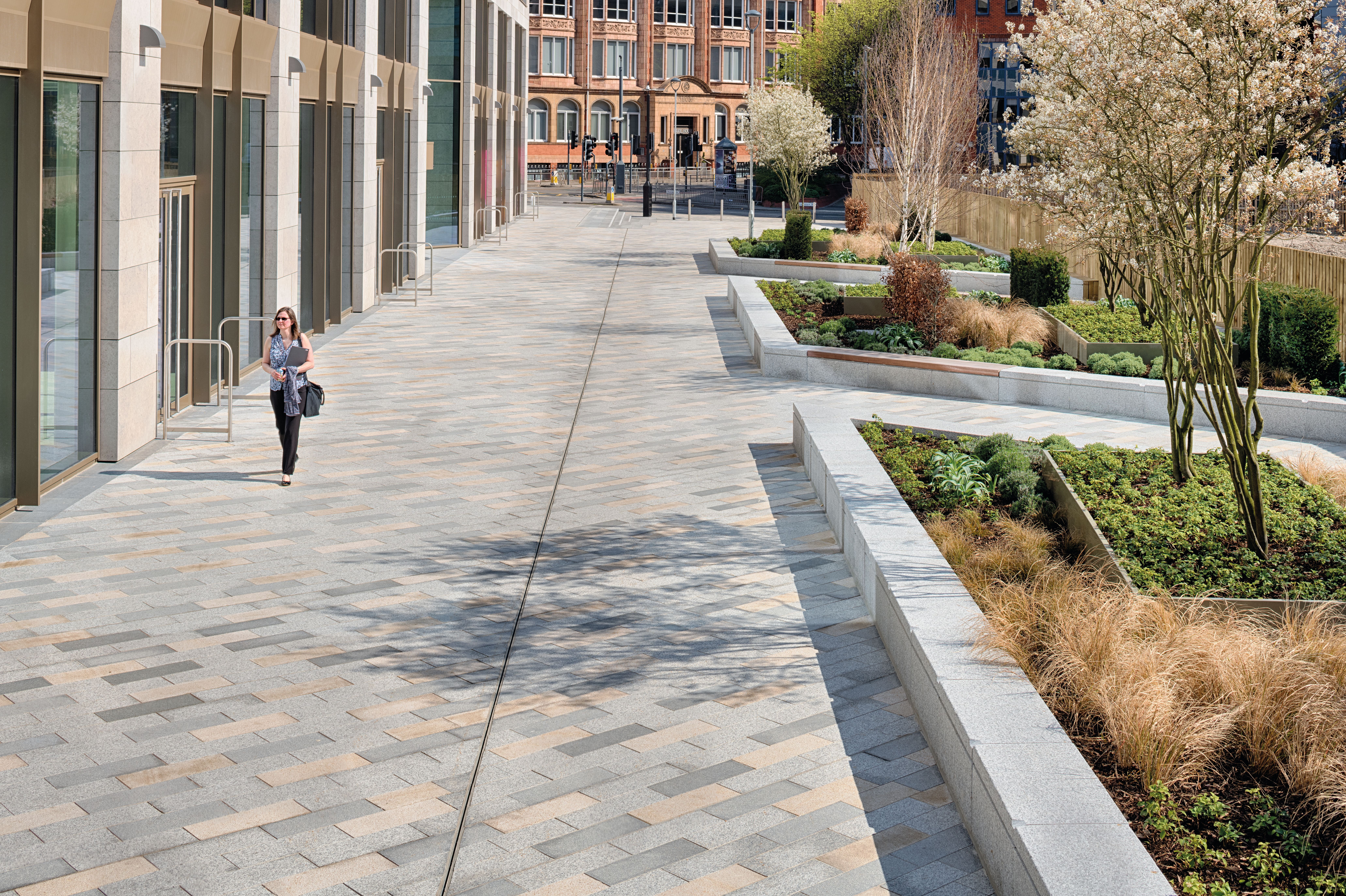
Large windows and expanses of glass, along with low level planting, help to make the walkways around Wellington Place feel safer
Large windows and expanses of glass, along with low level planting, help to make the walkways around Wellington Place feel safer While features that protect private spaces are important, they should not compromise the visibility that provides “eyes on the street.” Avoid using large boundary walls that block visibility and leave passers-by largely unobserved. If you’re using defensive planting for security, ensure that prickly or thorny shrubs are well maintained to prevent overgrowth that obstructs natural surveillance. The Secured by Design (SBD) commercial developments guide can provide valuable recommendations on safety and security features for landscaping in commercial spaces.
4. Create active streets
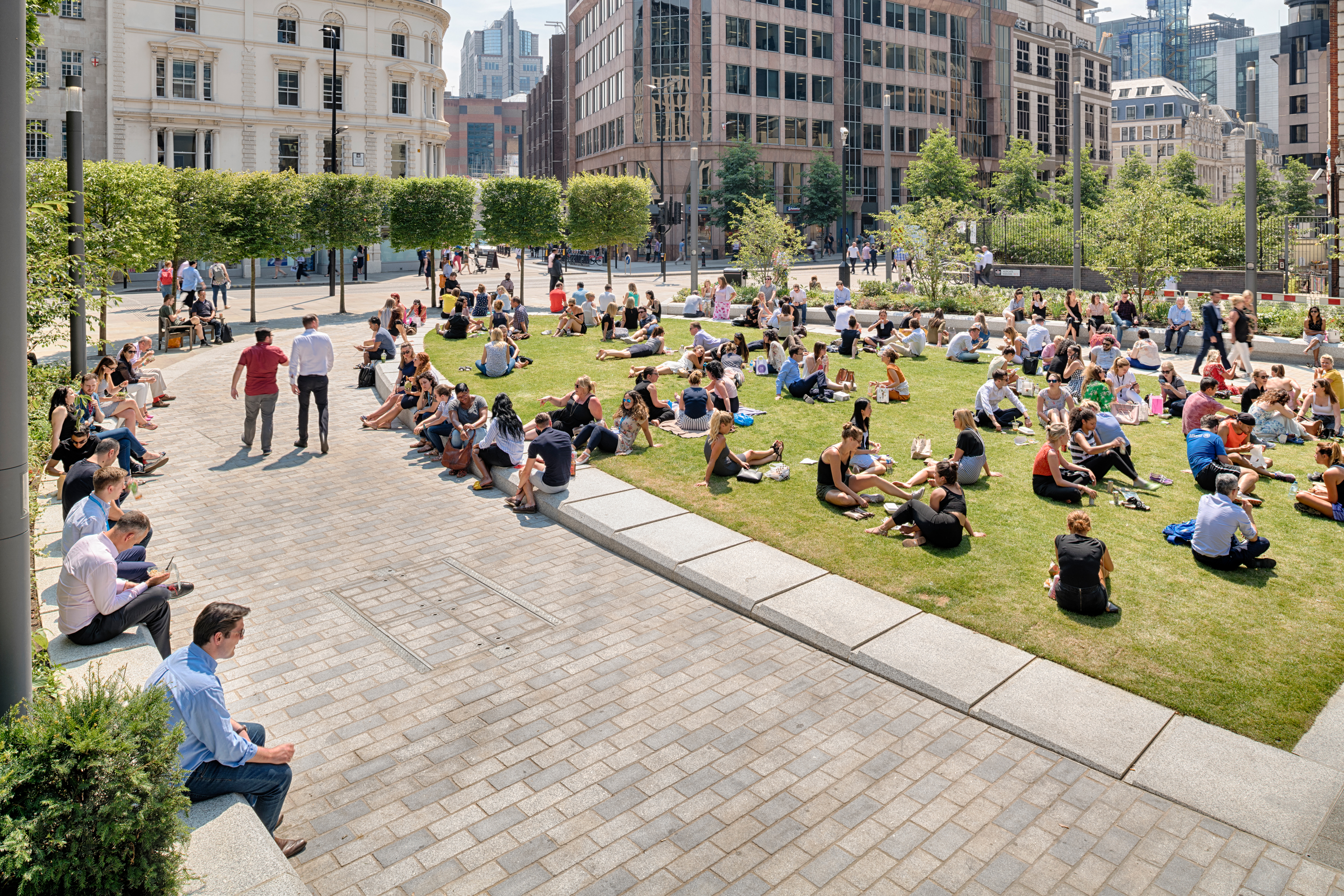
Attractive green spaces and seating areas encourage people to spend time in a space, as with Aldgate Square
Move beyond passive street observation and create truly active streets that attract people to spend time in public spaces by designing high-quality public areas that cater to a broad spectrum of community groups. Spreading activity throughout an area, rather than concentrating it in a central point, can help prevent crowd-based crime. The concept of the 20-minute neighbourhood demonstrates this well, where daily necessities are within a short walk, and can be adopted to increase familiarity, foot traffic, and passive surveillance.
Cities like Paris and Melbourne have implemented successful design features for safer public spaces, by creating more active streets. They’re designed for multiple uses to give people more reasons to spend more time there; green spaces that encourage interaction and play, attractive walking, cycling, and running routes, and outdoor areas where people can congregate and rest during the day and at night.
Further learning about creating safer spaces and Eyes on the Street
As well as the whitepaper, you can now book our Creating Safer Spaces CPD, allowing you to use the insight and pillars for future space design. The session lasts an hour and can be delivered online or in person.
